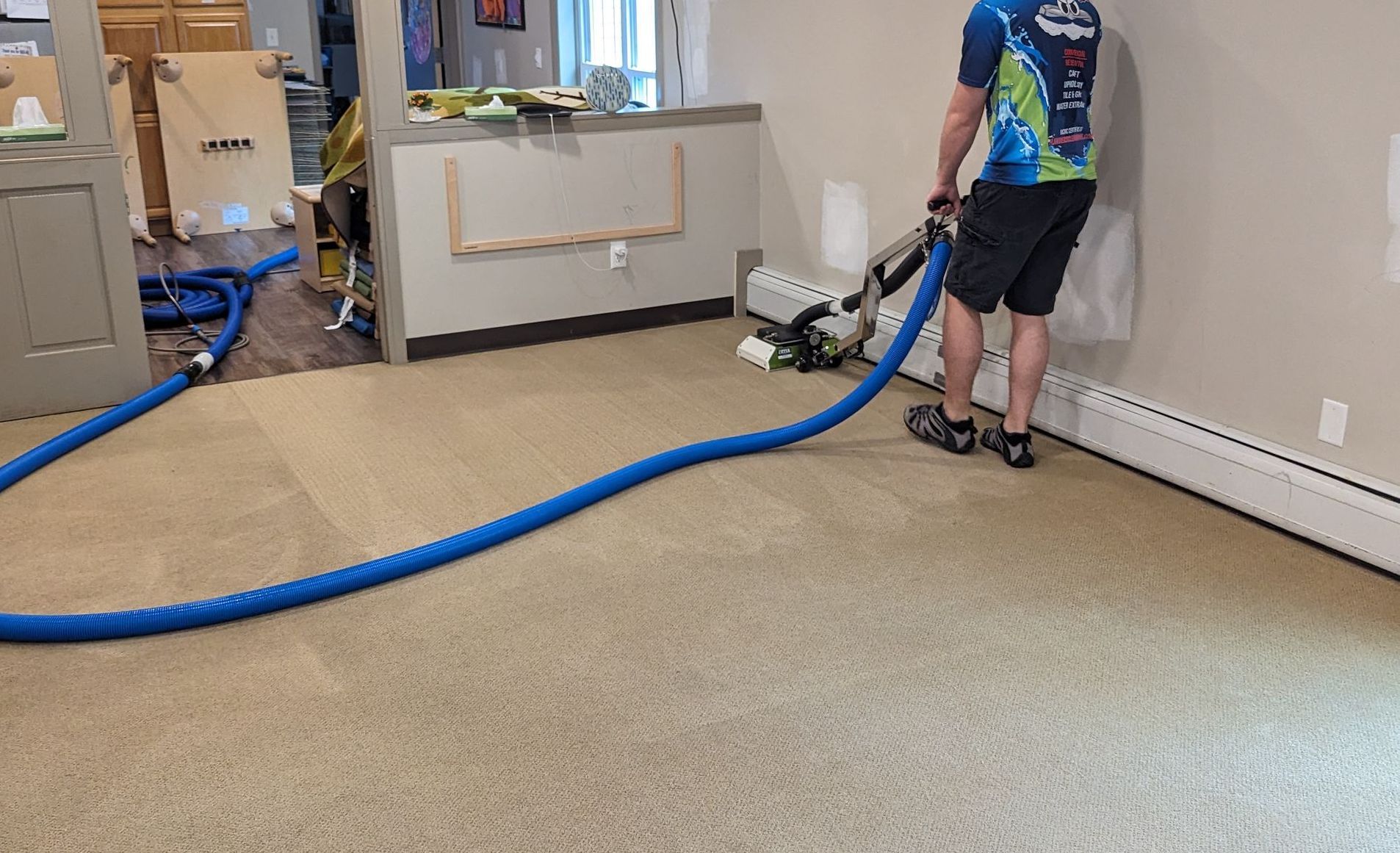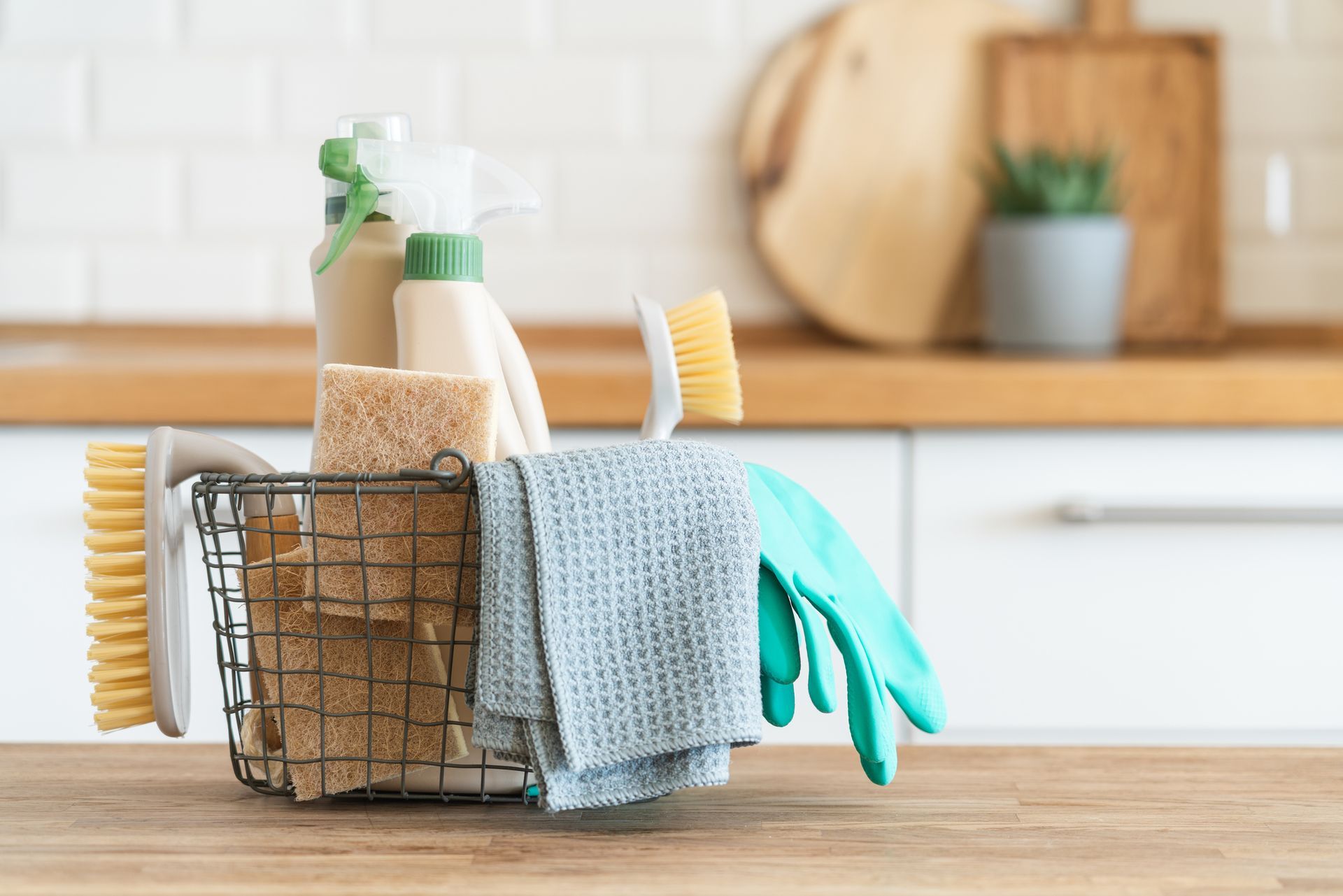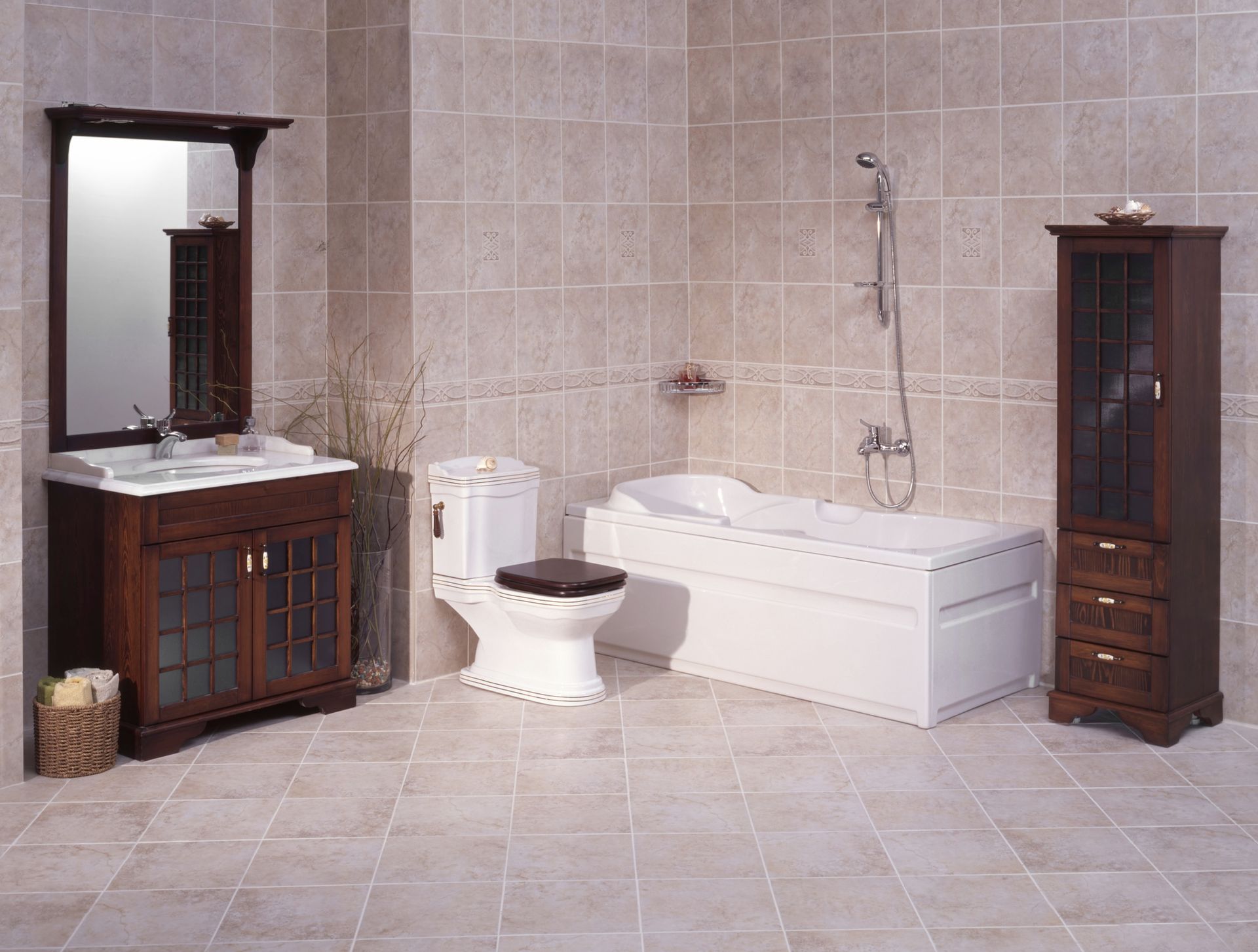Top Hypoallergenic Carpet Options for Allergy Sufferers
Are you struggling to control allergies in your home? A hypoallergenic carpet may be the solution you need. Hypoallergenic carpets are specially designed to reduce allergens like dust mites, pet dander, and pollen, creating a healthier living environment. This article will guide you through top hypoallergenic carpet options and how they can improve your home’s air quality.
Understanding Hypoallergenic Carpets
Hypoallergenic carpets are specially designed to minimize allergen accumulation, making them an excellent choice for those with carpet allergies or asthma that can trigger allergies.
These carpets do not shed fibers and actively reduce the presence of allergens in your home, such as:
- dust mites
- pet dander
- pollen
- mold spores
Additionally, hypoallergenic carpets can absorb cooking fumes, contributing to better indoor air quality.
These carpets maintain a cleaner surface, creating a healthier living environment and allowing allergy sufferers to breathe easier.
Wool, nylon, and polyester contribute significantly to the hypoallergenic properties of these carpets. Wool carpets, for example, are known for their natural ability to resist bacteria, mold, and mildew. Nylon carpets, on the other hand, are resistant to dirt, moisture, and mildew, making them a practical choice for allergy management. Polyester carpets are also popular due to their affordability and allergen-resistant nature.
Hypoallergenic carpets should be low maintenance, visually appealing, and designed to reduce allergens. These carpets not only enhance the visual appeal of your home but also contribute significantly to your overall health and comfort.
Wool Carpets: Natural Hypoallergenic Properties
For natural hypoallergenic properties, wool carpets are an excellent choice. The dry fiber structure of wool creates a hostile environment for dust mites, significantly reducing their presence. Additionally, wool carpets absorb airborne contaminants, improving indoor air quality and resisting bacteria, mold, and mildew. They can also absorb cooking fumes, further enhancing their hypoallergenic properties. This makes wool carpets an excellent option for allergy sufferers looking to enhance their living space.
Brands like Stanton Carpets are renowned for their high-end wool carpets that benefit from these inherent hypoallergenic properties. Investing in wool carpets not only adds a touch of luxury to your home but also promotes a healthier environment by mitigating common allergens.
Nylon Carpets: Durable and Easy to Clean
Nylon carpets stand out for their durability and ease of maintenance. These synthetic fibers are resistant to mold and mildew, making them ideal for hypoallergenic carpets. The silk-like nature of nylon provides a robust surface that resists crushing and staining, ensuring that your carpet remains in top condition even in high-traffic areas.
A major benefit of nylon carpets is their resistance to allergens. Short piles and tightly woven fibers in nylon carpets prevent deep allergen accumulation, enhancing cleaning effectiveness. Regular vacuuming and occasional professional cleaning can keep your nylon carpet free from dust, dirt, and other allergens, maintaining a healthy environment for allergy sufferers.
For active households, nylon carpets offer a perfect blend of durability and hypoallergenic properties. They are easy to clean and maintain, ensuring that your home stays fresh and allergen-free without much hassle.
Polyester Carpets: Affordable and Allergen-Resistant
Polyester carpets are known for their affordability and hypoallergenic properties. Typically ranging from $1 to $5 per square foot installed, they offer a cost-effective solution for allergy sufferers. These carpets are designed to hide dirt and dust effectively, reducing the frequency of cleaning required and making them a practical choice for busy households.
Polyester carpets not only offer economic appeal but also add softness and comfort, making them ideal for living areas and bedrooms. Their durable fibers can withstand everyday wear and tear, ensuring that your investment lasts longer while providing a comfortable and allergen-resistant flooring option.

Choosing the Right Carpet for Each Room
Selecting the right hypoallergenic carpet for each room in your house is crucial for maximizing the benefits. High-traffic areas like hallways and living rooms might benefit from durable nylon carpets that resist dirt and moisture. For bedrooms and living areas, the softness and comfort of polyester carpets can provide a cozy and allergen-resistant environment.
Carpets with short piles or tightly woven fibers help prevent allergen accumulation and make cleaning easier. This is especially important in children’s rooms or any area where allergen control is a top priority. Each room’s specific needs and traffic levels should guide your choice of carpet material and style.
Ultimately, hypoallergenic carpets tailored to different rooms can create a cohesive, allergy-friendly environment throughout your home. By considering the unique requirements of each space, you can ensure that your home remains a comfortable and healthy sanctuary for everyone.
Importance of Regular Carpet Maintenance
Maintaining the hypoallergenic properties of your carpets requires regular cleaning and care. Vacuuming with a HEPA filter vacuum cleaner helps eliminate dust mites and pet dander effectively, preventing these allergens from accumulating. Regular vacuuming and professional carpet cleaning are crucial for keeping your home environment healthy and free from allergens.
Managing humidity levels between 30% and 50% can inhibit the growth of mold and mildew, which thrive in damp conditions. This is particularly important for wool carpets, which need regular cleaning to maintain their hypoallergenic properties. Using hypoallergenic underlays can also enhance the durability of your carpets while trapping allergens effectively.
A consistent carpet maintenance routine ensures that hypoallergenic carpets remain safe and allergen-free. This proactive approach not only extends the lifespan of your carpets but also significantly improves the air quality in your home.
Best Practices for Reducing Allergens
Best practices for reducing allergens can transform your home into a healthier living space. Low volatile organic compounds levels in carpets are essential, as high VOCs can contribute to indoor allergens and trigger allergic reactions. Hypoallergenic carpets can also absorb cooking fumes, further improving indoor air quality. Manufacturers often label carpets as low VOC, indicating reduced harmful emissions and improved indoor air quality.
Regular ventilation, ideally for 15-20 minutes several times a day, can significantly improve indoor air quality. Using air purifiers with HEPA filters efficiently removes airborne allergens and particles, providing an added layer of protection for asthma sufferers and individuals with allergies. Professional carpet cleaning methods can penetrate deep into fibers, effectively removing trapped allergens that regular vacuuming may miss.
Promptly addressing spills and stains prevents mold growth and odors, contributing to a healthier indoor environment. By following these best practices, you can minimize the presence of many allergens and create a safe, comfortable home for allergy sufferers.
Hypoallergenic Underlay Options
Hypoallergenic underlays are an essential component of an allergy-friendly home. These underlays help extend the lifespan of carpets and provide a more comfortable environment by reducing allergens. Choosing synthetic underlay materials treated with anti-microbial agents can significantly reduce allergens trapped beneath carpets.
Options like SpringBond underlay, recognized for its eco-friendly properties, and Natrulay underlay, made from sustainable natural fibers, offer excellent hypoallergenic benefits. Free from harmful VOCs, these underlays provide a dust-free alternative, enhancing the hypoallergenic flooring system.
Leading Manufacturers of Hypoallergenic Carpets
Leading manufacturers produce hypoallergenic carpets that improve indoor air quality and minimize allergens. Manufacturer A specializes in naturally hypoallergenic wool carpets that resist dust mites, ideal for allergy sufferers. Manufacturer B provides durable, easy-to-clean nylon carpets that keep allergens at bay in high-traffic areas.
Manufacturer C offers affordable polyester carpets that resist moisture and stains, aiding in allergen control. Manufacturer D focuses on eco-friendly options, ensuring their carpets are free from harmful chemicals and low in VOCs, crucial for allergy-sensitive individuals.
Many of these manufacturers incorporate advanced technologies like anti-microbial treatments and breathable materials to enhance hypoallergenic properties further. Each manufacturer offers unique solutions tailored to different needs, making it easier for consumers to find the right hypoallergenic carpet for their home.

How to Choose the Best Hypoallergenic Carpet for Your Home
Selecting the best hypoallergenic carpet involves considering material, manufacturer, and specific household needs. Regular cleaning is crucial in homes with pets or allergy sufferers to minimize allergen buildup. Manufacturers like Mohawk offer eco-friendly carpets made from recycled plastics, such as the hypoallergenic Air.O line designed for easy cleaning.
Other notable options include Phenix Carpets, known for residential carpeting with innovative treatments like Microban, and Dream Weaver, offering hypoallergenic carpets with PureColor technology for superior stain and soil resistance. Engineered Floors provides customizable commercial carpets with antimicrobial and odor-blocking technologies, while Shaw Floors is noted for high-quality residential carpets with advanced synthetic fibers.
By evaluating these factors and considering the unique needs of your household, you can select a hypoallergenic carpet that provides both comfort and health benefits. Investing in the right carpet can significantly enhance your home’s air quality and overall well-being.
Summary
Summarizing the key points, hypoallergenic carpets offer a significant health advantage for allergy sufferers by minimizing allergens and improving indoor air quality. From the natural hypoallergenic properties of wool carpets to the durability of nylon and the affordability of polyester, there’s an option for every home and budget.
Choosing the right carpet involves considering the specific needs of each room, regular maintenance, and best practices for reducing allergens. Leading manufacturers provide a range of hypoallergenic options, ensuring you can find the best fit for your home. By making informed decisions, you can create a comfortable, allergen-free environment and breathe easier.
Frequently Asked Questions
Is carpet bad for allergies?
Carpet can potentially contribute to allergies, especially older or high-pile types that trap pollutants. Opting for low-pile or hypoallergenic carpets, along with regular cleaning, can keep your space fresh and reduce allergens!
What makes a carpet hypoallergenic?
Hypoallergenic carpets are made from materials that resist allergens and do not shed fibers, which helps keep your home healthier and more comfortable. Choosing such carpets can significantly reduce allergen accumulation and improve your indoor air quality.
Are wool carpets good for allergy sufferers?
Wool carpets are excellent for allergy sufferers since they naturally resist bacteria, mold, and dust mites, creating a healthier home environment. You'll enjoy the comfort of your space while supporting your well-being!
How often should I clean my hypoallergenic carpet?
To keep your hypoallergenic carpet in top shape, vacuum regularly with a HEPA filter vacuum and schedule professional cleanings as needed. This will ensure a healthy and fresh environment for you and your family!
What are the benefits of hypoallergenic underlays?
Hypoallergenic underlays are a fantastic choice as they not only extend the lifespan of your carpets but also create a healthier and more comfortable space by minimizing allergens. Embracing these underlays can lead to a fresh and inviting home environment!



